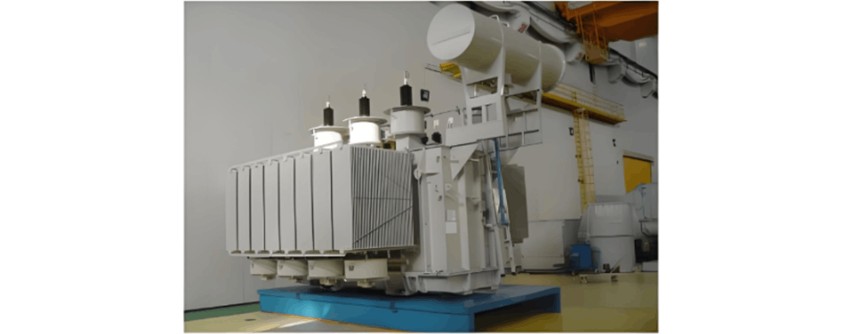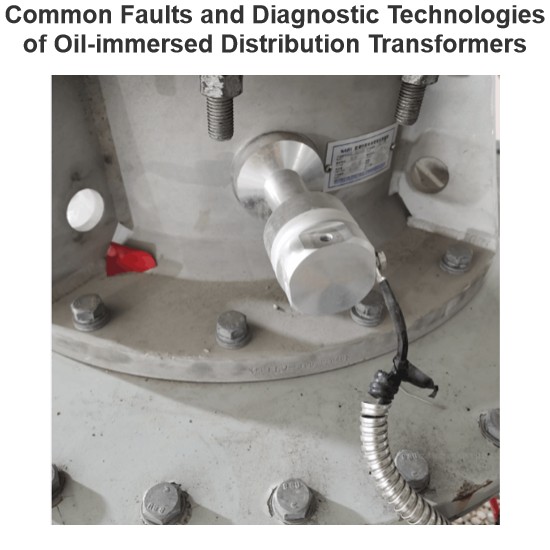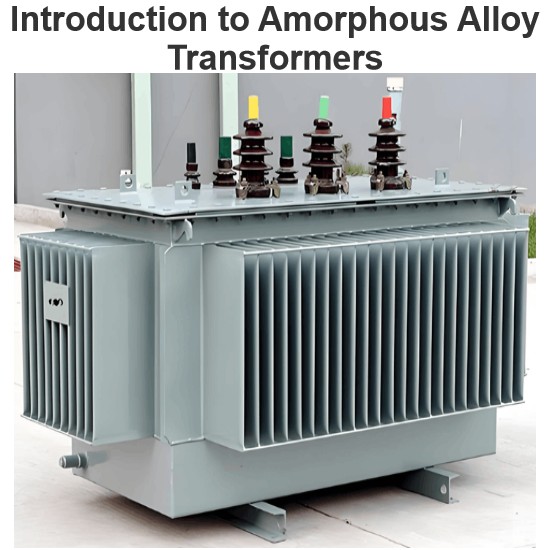Why Should a Transformer Core be Grounded?
During transformer operation, the core and the metallic structures and components that secure the core and windings are exposed to a strong electric field, inducing a high potential relative to ground. If the core is left ungrounded, a potential difference can develop between the core and grounded parts such as clamps and the tank, leading to intermittent discharges. Additionally, the magnetic field surrounding the windings induces varying electromotive forces (EMF) in different metallic components due to their varying distances from the windings. Even small potential differences can result in continuous partial discharges across minor insulation gaps—discharges that are not only unacceptable but also difficult to detect and locate.
The effective solution is to reliably ground the core and all associated metallic structures, ensuring they are at the same electrical potential as the tank. However, this grounding must be implemented at a single point only. Core laminations are insulated from each other to suppress large eddy currents, which would otherwise cause excessive heating. Therefore, multiple grounding points are strictly prohibited, as they can create closed loops that allow circulating currents, leading to severe core overheating.
Why Multiple Grounding Points Are Prohibited:
If the core is grounded at more than one point, a closed conductive loop may form between the grounding points. When the main magnetic flux passes through this loop, it induces circulating currents, resulting in localized overheating and potentially serious damage. This may manifest as localized core burning or short circuits between laminations, increasing core losses and degrading transformer performance. In severe cases, such faults can lead to complete transformer failure, requiring extensive repair or core replacement.

Risks of Multiple Grounding:
In the presence of a strong electric field, ungrounded or improperly grounded core and metal parts can develop induced voltages, causing discharges to ground. Single-point grounding prevents the formation of circulating (or "ring") currents that would otherwise flow if multiple grounding points existed. These circulating currents cause localized overheating, degrade insulation, and damage metallic components, posing a significant risk to transformer reliability and safe operation.
Therefore, single-point grounding of the transformer core is essential for safe, stable, and efficient operation.
The Electricity Encyclopedia is dedicated to accelerating the dissemination and application of electricity knowledge and adding impetus to the development and innovation of the electricity industry.













